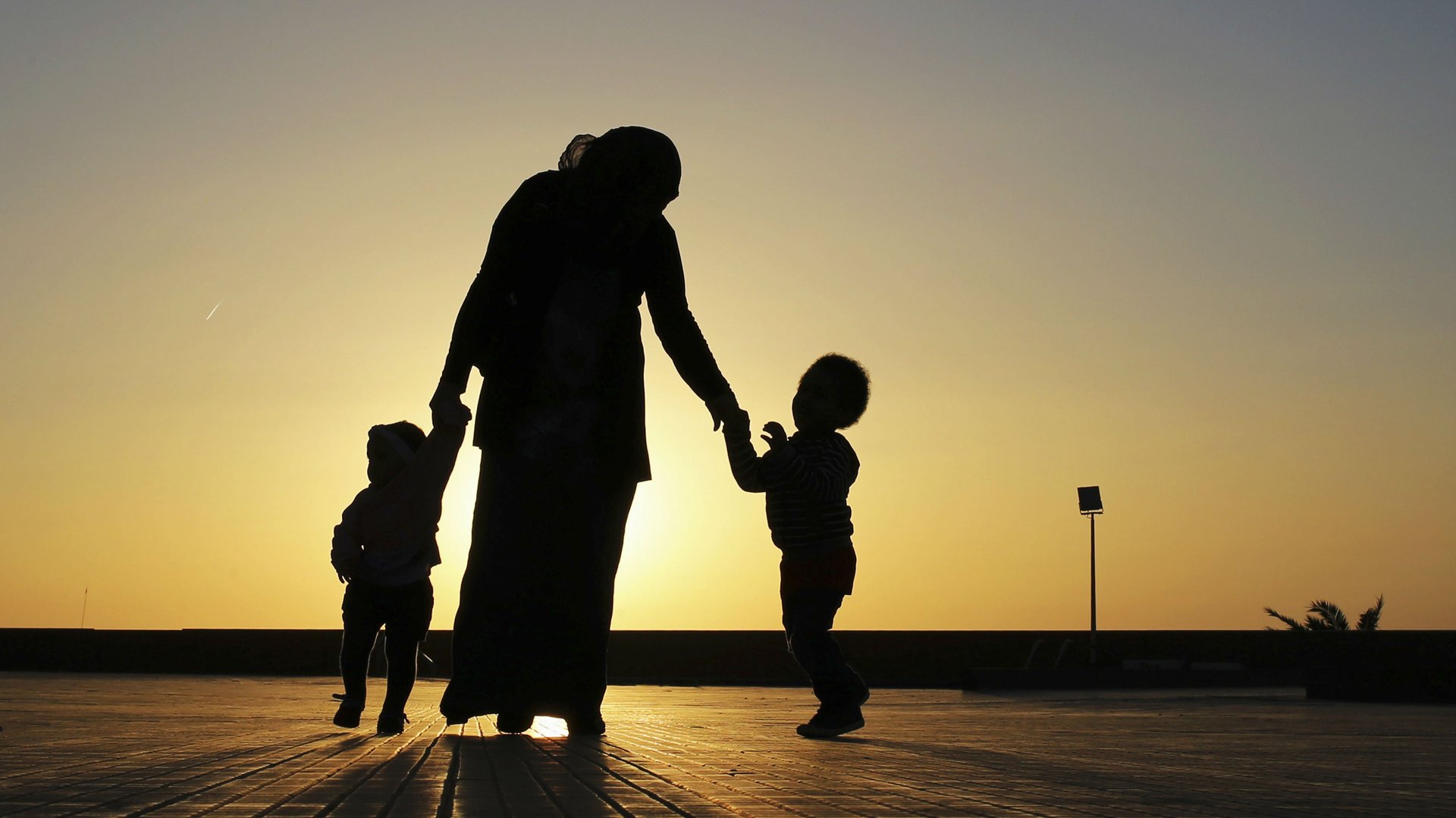Some viruses may go easy on women in order to spread to more people
Viruses face a catch-22: In order to achieve their one evolutionary goal, they have to jeopardize their only means of doing it.


Viruses face a catch-22: In order to achieve their one evolutionary goal, they have to jeopardize their only means of doing it.
These tiny packages of genetic material need to find a host to live and replicate—the cells of anything from people to plants to animals and even bacteria will do just fine. Once they’ve found a suitable home, they’ll eventually want to copy themselves. After multiplying, they burst out through the cell walls and scatter, in search of a new home—like a bizarre combination of the monsters in Alien and hermit crabs.
But unfortunately, the replication process destroys the host cell, which is why we can become sick from these pathogens. If the whole host becomes sick enough to die, the virus will also find itself out of luck: Unless it’s able to jump to another host through physical contact or through bodily fluids, it’s run out of places to live.
How viruses affect us varies depending on other aspects of our health. For years, scientists have noticed that men have been more likely to develop more serious complications—like cancer or death—from certain viruses than women. This was thought to be result of different immune responses, but scientists from the Royal Holloway University of London postulated a new theory in a paper published Dec. 13 in Nature Communications: It could actually be that viruses somehow go easier on women’s bodies because women can potentially spread them further.
“Women can pass pathogens to their children during pregnancy, birth and breastfeeding, in addition to passing them to other individuals in the population the same way as men do,” Francisco Úbeda, an evolutionary biologist and co-author of the paper, told ResearchGate.
He and Vincent Jansen, also an evolutionary biologist, used a mathematical model to try to explain why HTLV-1, a virus that infects white blood cells, causes leukemia in men at higher rates than women. Normally, HTLV-1 doesn’t cause immediate symptoms. It’s passed down through genital secretions, breast milk, and childbirth. The team compared instances of leukemia caused by HTLV-1 in Japan and the Caribbean, and noticed that Japanese men were more likely to develop leukemia than women who also carried the virus. But in the Caribbean, instances of cancer from HTLV-1 are about the same between sexes. They think this is because Japanese women breastfeed their children more often than women in the Caribbean.
“Pathogens that can be transmitted from mother to child ‘value’ the life of women hosts relatively more than men hosts because women provide an additional route for their transmission,” Úbeda said. Breastfeeding is an opportunity for the virus to jump to a new host.
The team can’t yet say how these viruses recognize a male or female environment, although it likely has to do with chemical differences in the hosts. Jansen thinks these differences could eventually help scientists develop treatment for viral infections in men. “We could try to make the virus think it’s in a female body rather than a male body and therefore take a different course of action,” Jansen told the New Scientist.